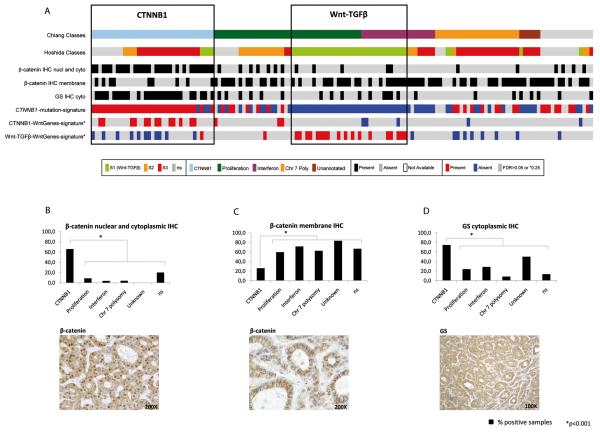Fig. 3. Validation of 2 distinct Wnt-classes and their specific Wnt-related-mRNA expression profiles in an independent set of HCCs.
(A) Prediction of Chiang’s (6) and Hoshida’s (8) CTNNB1- and Wnt-TGFβ-class in our validation set using NTP (FDR<0.05). CTNNB1 class was significantly enriched for combined nuclear-cytoplasmic β-catenin (p<0.001) and cytoplasmic glutamine-synthetase (p<0.05) immunohistochemistry (IHC). Samples identified by CTNNB1-mutation-signature and CTNNB1-WntGenes-signature significantly correlated with CTNNB1-class (p<0.001), while samples identified by Wnt-TGFβ-WntGenes-signature significantly overlapped with Wnt-TGFβ-class samples (p=0.005). (B-D) β-catenin and glutamine synthetase immunohistochemistry: Percentage of positive samples in Chiang’s subclasses in the validation set and representative positive immunostaining for (A) nuclear and cytoplasmic β-catenin, (B) membrane β-catenin and (C) glutamine synthetase.

